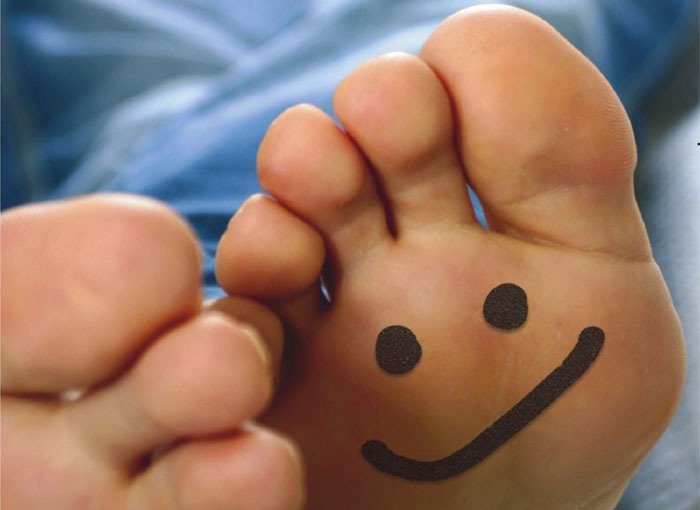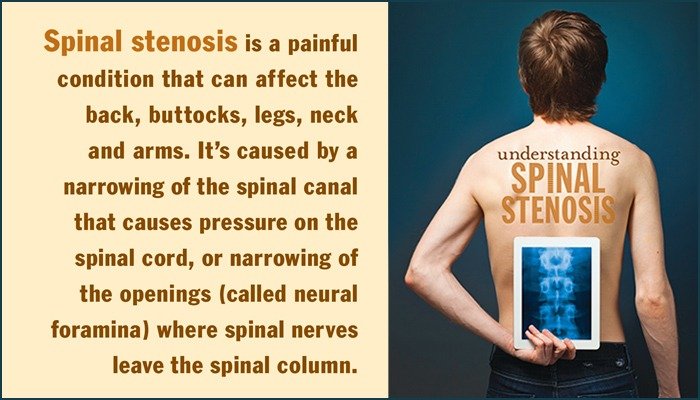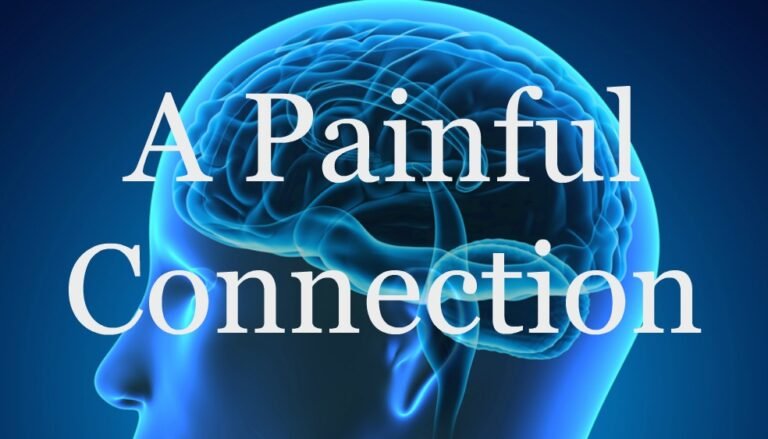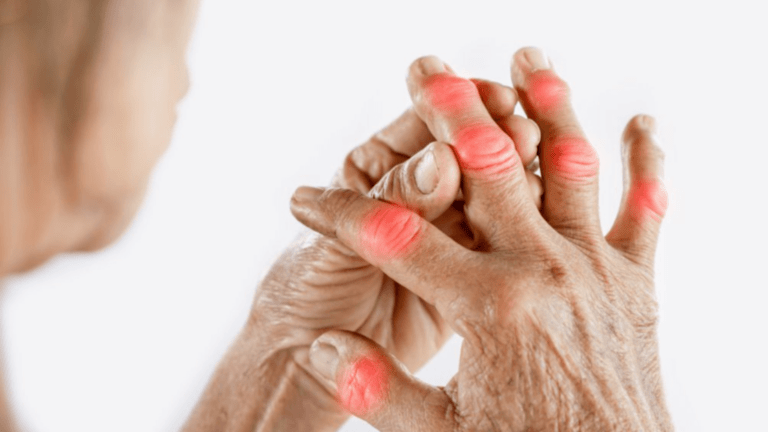Preventing Foot Pain

They propel us, steady us and, in many ways, dictate our level of physical health, but most of us take our feet for granted until something goes wrong. Elliot Udell, DPM, president of the American Society of Podiatric Medicine and a practicing podiatrist and foot pain management specialist in New York, wants to change the way people think about their feet, and he is encouraging a shift in the podiatry mindset from treatment to prevention.
“Over 90 per cent of podiatric problems can be avoided with preventative care,” Dr. Udell explains. “Yet it is only about once a year that someone comes in and asks me to check out their children because they don’t want them to have future problems with their feet.”
Dr. Udell has been practising podiatry for more than 30 years and is on the staff of North Shore University Hospital. He is board-certified in pain management and in primary podiatric medicine and has written a book and many articles on the subject of pain management of the foot. In his practice, Dr. Udell works with a variety of pain patients including those suffering with peripheral neuropathy, plantar fasciitis, neuroma pain and complex regional pain syndrome (CRPS), and he frequently lectures nationwide on podiatric pain issues.
“We work with patients from all over the country, and we’ve become very successful in managing pain by using a combination of physical and medical modalities,” Dr Udell says. “When we utilize modalities like electrotherapy, infrared therapy and laser therapy in conjunction with each other, patients do extraordinarily well. In a nutshell, these modalities act to bring blood to the area and to control pain by interfering in the pain threshold. Light therapies such as laser and infrared may work on the cellular level by reducing certain prostaglandins. Infrared therapy is also deep heating. Modalities such as interferential therapy (see page 48) also reduce edema in addition to controlling pain.”
AN OUNCE OF PREVENTION
Although advances in podiatry are providing relief for patients with foot pain, Dr. Udell states many people don’t realize that early detection of biomechanical foot problems can make a substantial difference in the type and length of treatment required.
“It is so important to have a podiatrist evaluate biomechanical issues before the foot problem develops,” Dr. Udell says. “Probably 99 percent of the patients who come to our office are hurting badly. Pain is what brings people through the door for the first time, but the overwhelming majority of foot problems we see can be improved with properly made orthotics.” In fact, he considers a professionally fitted orthotic to be at the top of the preventative care list and encourages people with foot pain to see a podiatrist sooner rather than later.
“I see kids from age five and up, and we make orthotics for them to treat conditions like abnormal pronation. We follow the kids to monitor their progress, and we’ve seen the ones who didn’t wear their orthotic develop significant foot problems. Of course, I like to remind people that the orthotics should not be something you buy off a shelf. They should always be made by a podiatrist specifically for the patient, and they have to be worn as prescribed. Patients have to be committed to helping themselves.”
THE SHOE FACTOR
Look through any magazine or turn on the television and you will soon see podiatry’s biggest nemesis. Fashion’s current shoe darling— the high heel, or stiletto — is a stylish footwear choice for many women, but these types of shoes often come with long-range consequences.
“Pointy-toed, high-heeled shoes are horrible on feet and can lead to problems like bunions and hammer toes,” Dr. Udell says. “But it’s not just a woman’s problem; men who wear constrictive shoes can develop the same issues. Shoes can be a major cause of foot and ankle pain.
“Good sneakers are the best choice for footwear,” he continues. “I wear sneakers a lot of the time myself, and I tell patients that they have to make a choice about wearing ‘snazzy’ shoes and possibly developing foot issues.”
ORTHOTICS OVER MEDICATION
As a strong proponent of orthotics, Dr. Udell does not consider medication to be the go-to treatment approach for podiatry pain issues. He is outspoken about the effects the medications have on many patients, adding that non-pharmaceutical approaches are highly effective. “I think that treating patients with narcotics or analgesics is one of the worst things you can do,” Dr. Udell says. “Some experts say that once you put patients on these kinds of drugs, they are never going to get better. I don’t put patients on these medications, because I think it does them a tremendous disservice.”
EARLY OFFICE VISITS, REFERRALS AND PREVENTION
Dr. Udell answers questions from people across the country about foot pain via email, but he is also committed to referring individuals to a podiatrist near them for hands-on care. While online communication is helpful, he hopes that in the future podiatric checkups will become as commonplace as a visit to the dentist.
“We recommend that people bring children in for their first visit when the child starts walking,” says Dr. Udell. “After that, we should see them every couple of years so we can catch the precursors to more serious issues. It’s just like a regular medical or dental checkup. So many problems can be prevented with early detection.
Sometimes, issues in the feet may go unrecognized because they don’t cause foot pain, but they can affect posture and gait, which in turn causes pain in the knees, hips, back or neck. Though many of us may not think about going to the podiatrist when we have a backache, for instance, maybe we should. Whatever the source of the pain, it may be exacerbated by foot, gait or posture problems, so a visit to the podiatrist could be a helpful addition to an integrative approach to healing.
Dr. Udell stresses, “I want people to know that if they see their podiatrist early on, they probably won’t be sitting in the treatment chair in the future.”
PainPathways Magazine
PainPathways is the first, only and ultimate pain magazine. First published in spring 2008, PainPathways is the culmination of the vision of Richard L. Rauck, MD, to provide a shared resource for people living with and caring for others in pain. This quarterly resource not only provides in-depth information on current treatments, therapies and research studies but also connects people who live with pain, both personally and professionally.
View All By PainPathways






